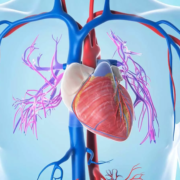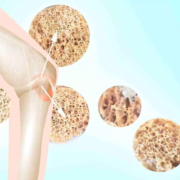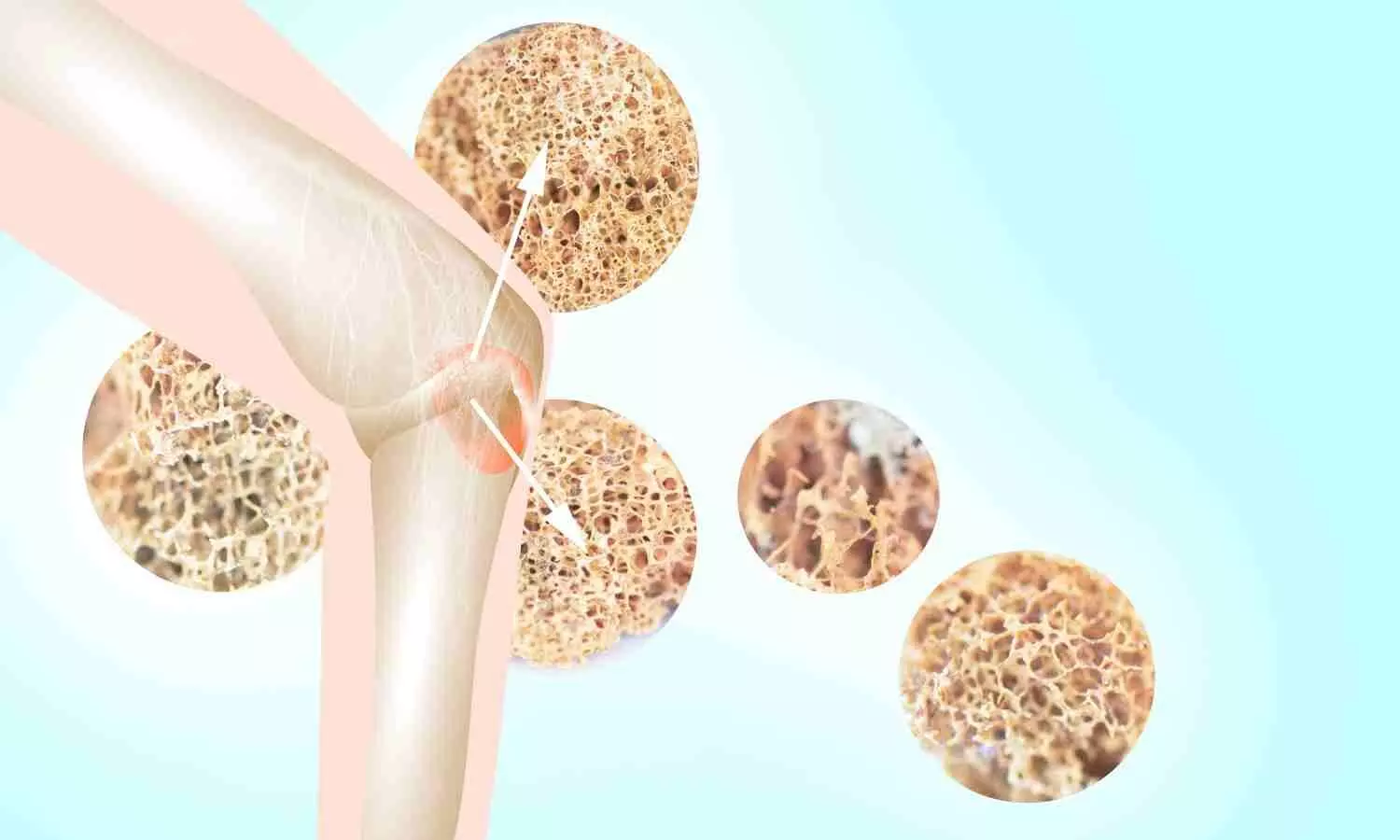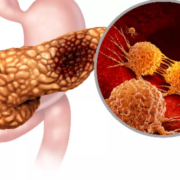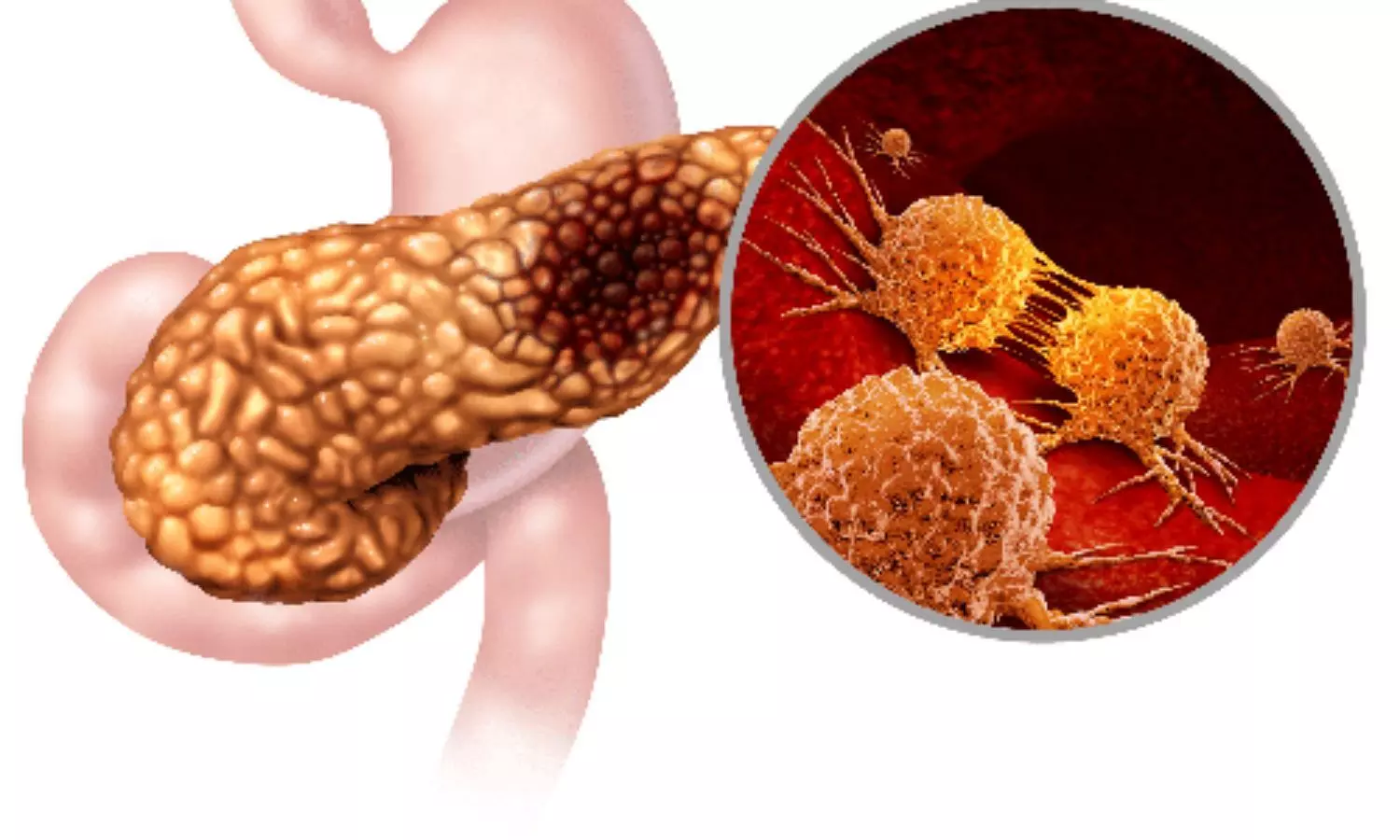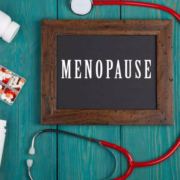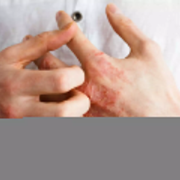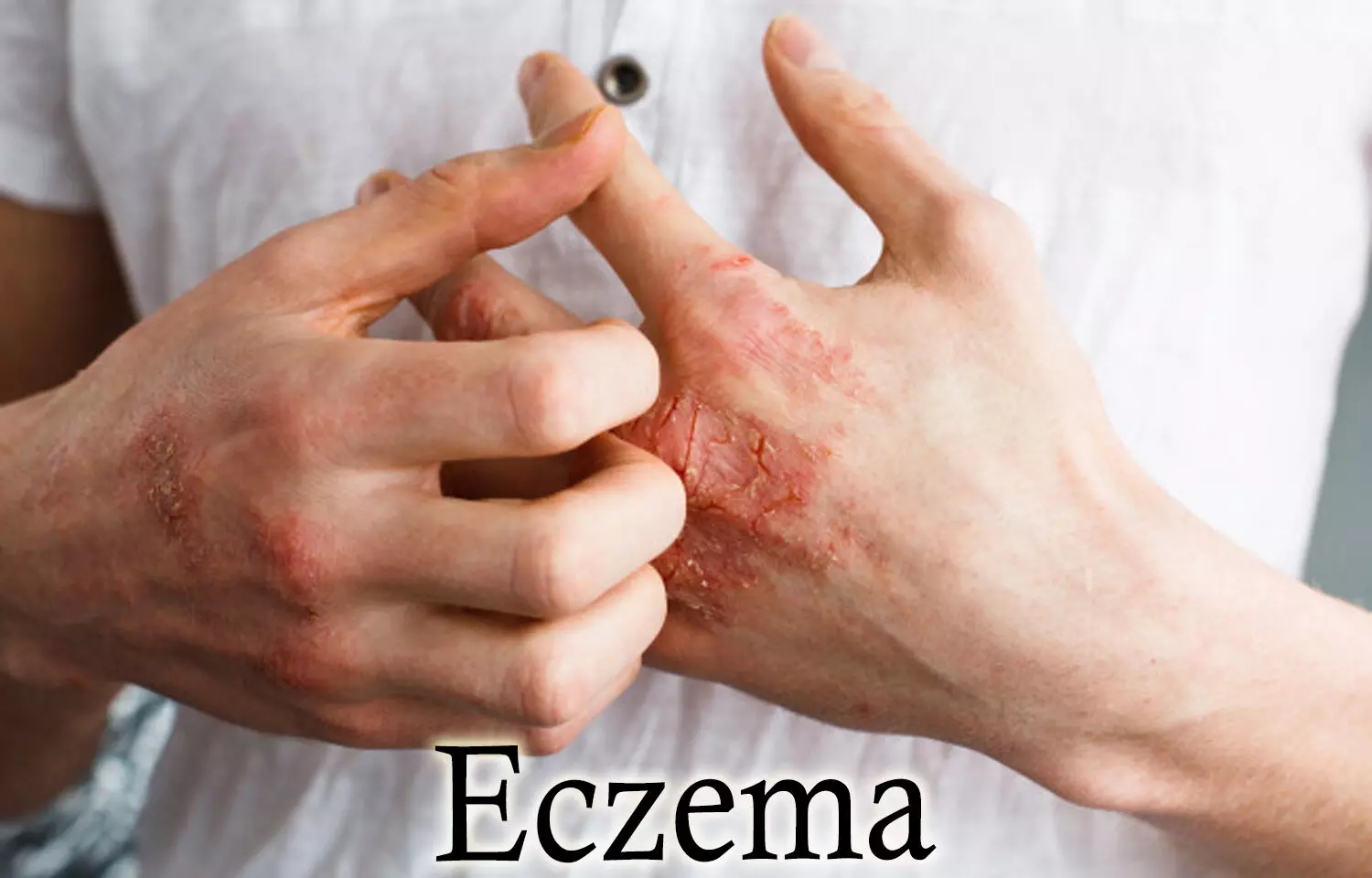Can Coronary artery calcium predict vascular inflammation and plaque vulnerability?

UK: Researchers have found in a new study that Greater calcium burden is associated with a lower level of vascular inflammation and plaque vulnerability. Further it may represent advanced stable plaque without significant inflammatory activity.
The research has appeared in the journal of American college of Cardiology.
The research Investigates relationship between coronary artery calcium burden, vascular inflammation, and plaque vulnerability. It is known that coronary artery calcification is an integral part of atherosclerosis. Further early coronary artery calcification is associated with active inflammation and which is also an important factor in plaque vulnerability.
In the accompanying editorial published in JACC: Cardiovascular Imaging, Charalambos Antoniades and Kenneth Chan from the University of Oxford explore the evolving landscape of cardiovascular risk assessment, highlighting the importance of understanding calcification and inflammation in atherosclerosis.
For over two decades, coronary calcification has served as a key imaging biomarker, primarily through computed tomography (CT), to identify high-risk individuals for primary prevention. As research has progressed, it has become clear that while calcified plaques indicate stability and reflect vascular aging, non-calcified plaques pose a higher risk of rupture, leading to acute coronary syndromes (ACS).
The editorial notes that statin therapy has been effective in inducing calcification of vulnerable non-calcified plaques, thereby reducing cardiovascular risk. However, calcification should not overshadow the emerging significance of vascular inflammation. This inflammation is now recognized as a critical factor in plaque development and destabilization, emphasizing the need for targeted therapies that address inflammatory processes.
Antoniades and Chan also point out that traditional systemic blood biomarkers, such as high-sensitivity C-reactive protein, lack specificity for vascular inflammation and provide only modest prognostic value. They highlight a breakthrough in identifying inflammation through the measurement of pericoronary adipose tissue (PCAT) using a novel Fat Attenuation Index (FAI). This index allows for a noninvasive assessment of coronary inflammation, showing promising prognostic value independent of calcium scores.
The editorial references recent research by Fujimoto et al. that examined the relationship between calcified plaque burden, vascular inflammation, and plaque vulnerability in a cohort of patients with non-ST-segment elevated ACS and stable angina. Their findings reinforce that higher calcified plaque burden correlates with lower rates of ACS, whereas lower calcification is associated with vulnerable plaque features indicative of inflammation.
Antoniades and Chan emphasize the importance of these findings in clinical practice, noting that understanding the distinction between stable calcified plaques and unstable non-calcified plaques is crucial for effective cardiovascular risk assessment. The editorial suggests that coronary calcification serves as a marker for stable atherosclerosis, potentially missing the inflammatory risks that drive acute coronary events.
While acknowledging the limitations of cross-sectional studies, the authors argue for the necessity of standardized metrics in evaluating coronary inflammation to facilitate clinical translation. They call for further large-scale studies using the FAI Score, linked with longitudinal outcomes, to elucidate the interplay between coronary plaque inflammation and calcification.
In conclusion, the editorial posits that a comprehensive approach to cardiovascular risk assessment should integrate both calcification and inflammation metrics. The authors advocate for a paradigm shift that recognizes the “power of zero inflammation” as equally, if not more, critical than the “power of zero calcium” in modern cardiovascular prevention strategies.
Reference:
Relationship Between Calcified Plaque Burden, Vascular Inflammation, and Plaque Vulnerability in Patients With Coronary Atherosclerosis
Daichi Fujimoto, Daisuke Kinoshita, Keishi Suzuki, Takayuki Niida, Haruhito Yuki, Iris McNulty, Hang Lee, Hiromasa Otake, Junya Shite, Maros Ferencik, Damini Dey, Tsunekazu Kakuta, and Ik-Kyung Jang
J Am Coll Cardiol Img. 2024 Oct, 17 (10) 1214–1224
https://www.jacc.org/doi/10.1016/j.jcmg.2024.07.013
Antoniades C, Chan K. Calcification vs Inflammation: The Modern Toolkit for Cardiovascular Risk Assessment. JACC Cardiovasc Imaging. 2024 Oct;17(10):1225-1228. doi: 10.1016/j.jcmg.2024.08.006. PMID: 39384268.
Powered by WPeMatico

